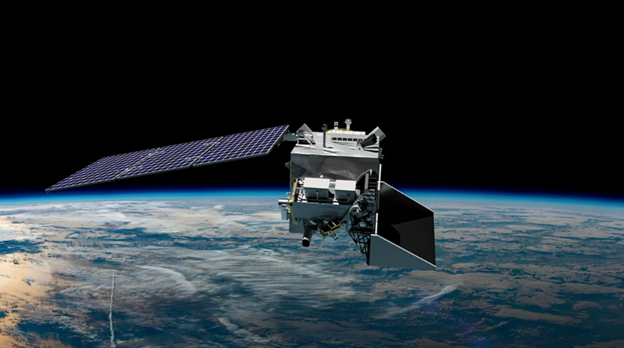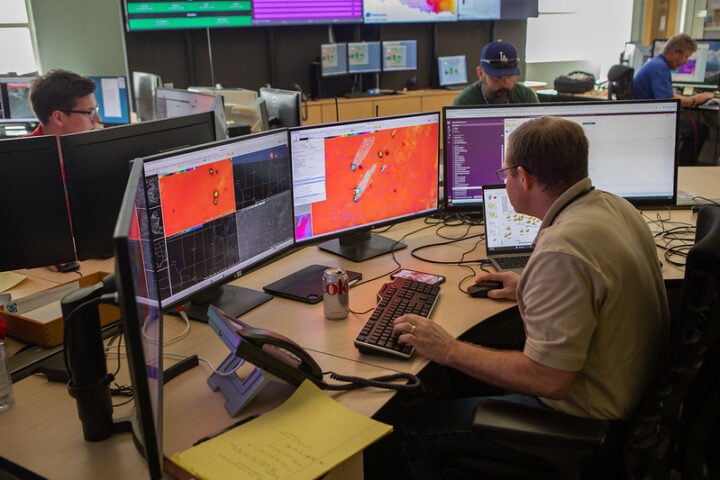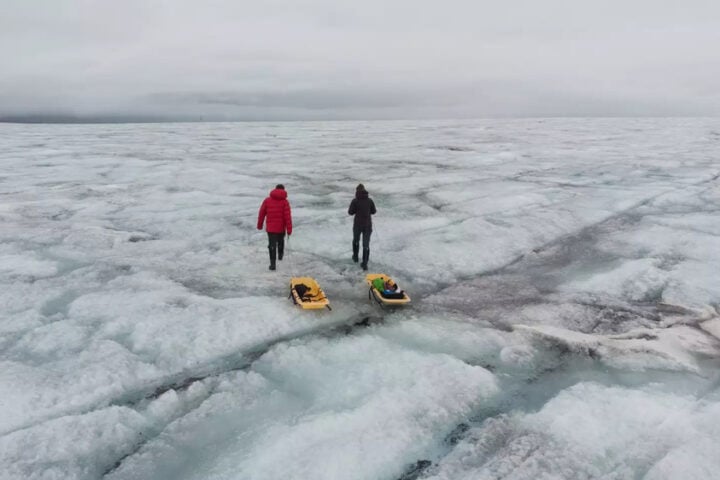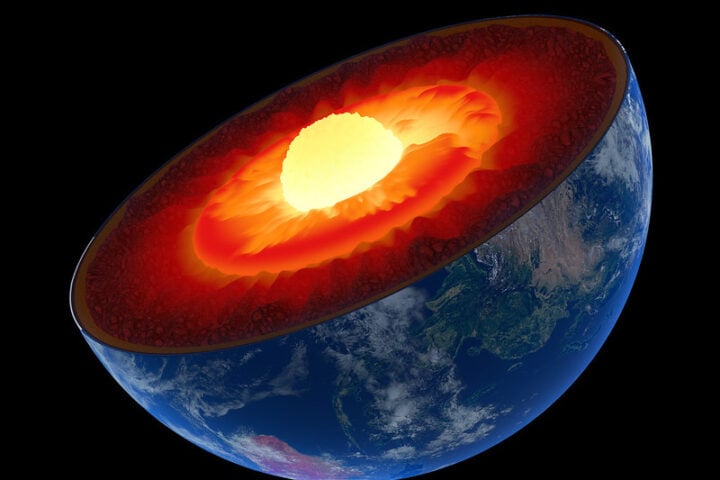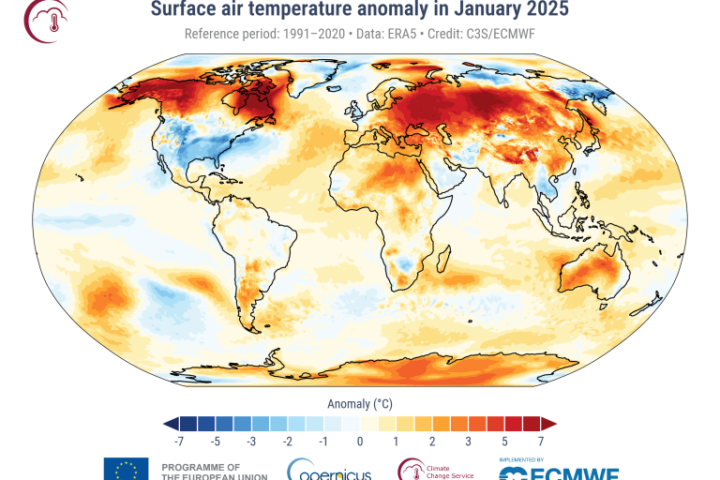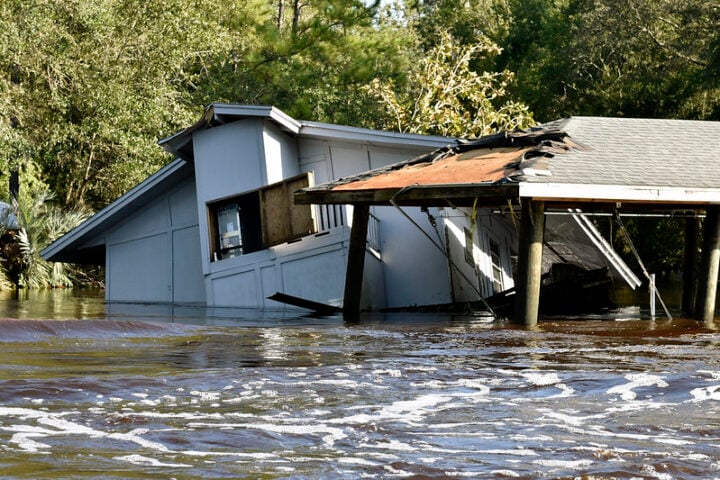NASA’s Plankton, Aerosol, Cloud, ocean Ecosystem (PACE) project, poised for a February 2024 launch, marks a substantial advancement in our understanding of Earth’s linked atmospheric and marine systems amidst a changing climate. The goal of this Earth-observing satellite is to expand our understanding of atmospheric and oceanic conditions, which will help us better understand the intricate processes of climate change.
PACE’s main purpose is to measure phytoplankton distribution in order to determine the health of the ocean. These microscopic algae and plant-like creatures are essential to the maintenance of marine food webs. PACE’s broad phytoplankton monitoring capabilities contribute to a finer knowledge of the biological dynamics of the ocean. According to NASA’s Goddard Space Flight Center’s PACE project scientist, Jeremy Werdell, “The ocean and atmosphere interact in ways that need ongoing research to fully understand. With PACE, we’ll open our eyes to many new aspects of climate change.”
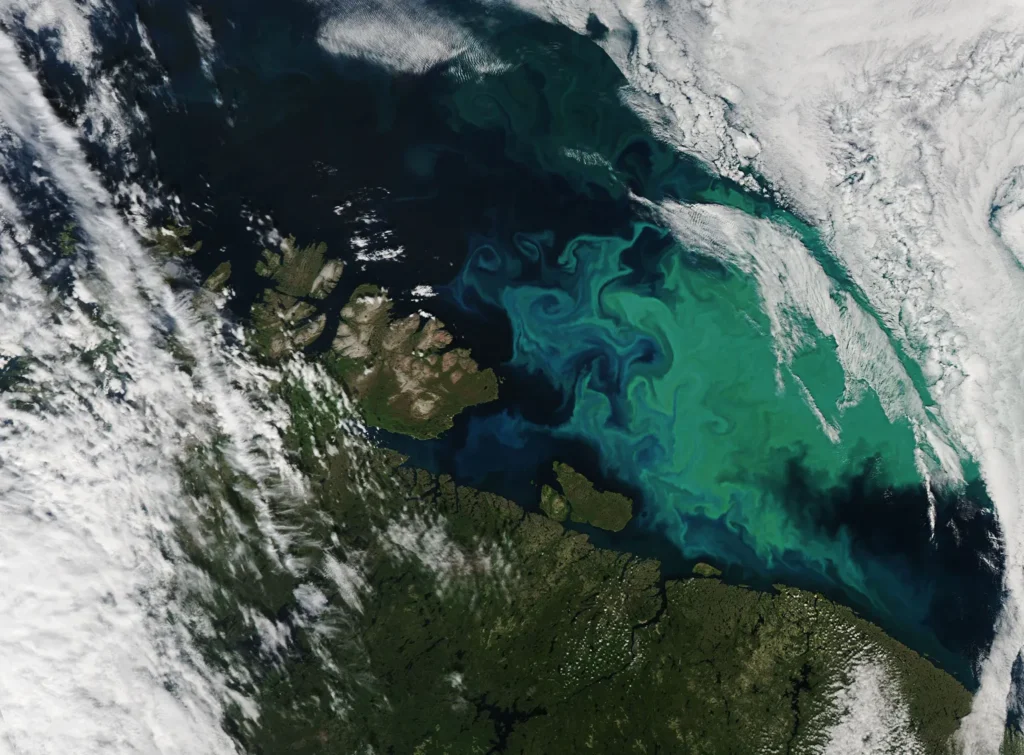
PACE will make use of the Ocean Color Instrument (OCI), a high-tech hyperspectral sensor that will allow phytoplankton species to be distinguished from space. Compared to earlier techniques that needed for direct water sampling, this is a big improvement. Through OCI, phytoplankton groups can be distinguished by their distinct color signatures. NASA Goddard oceanographer Ivona Cetinić emphasizes the significance of this ability by pointing out that, “Phytoplankton are responding to changes in their environment. Differences in ocean temperatures, nutrients, or sunlight availability can cause a species to boom or bust.”
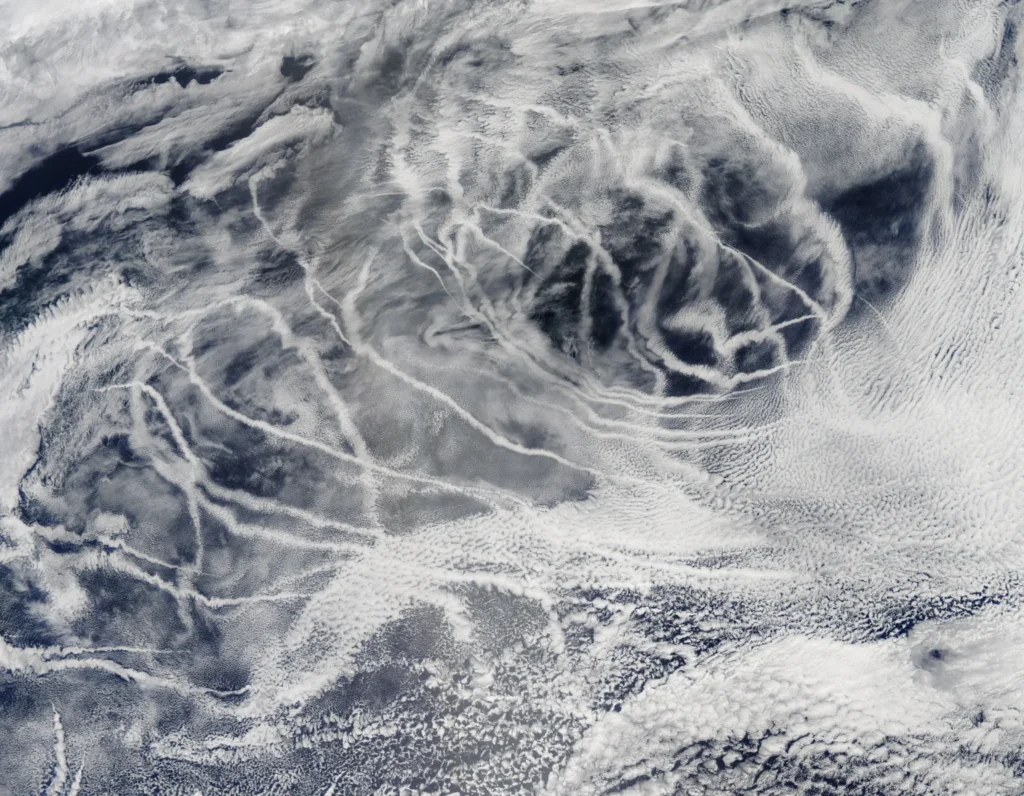
The satellite’s reach reaches the atmosphere in addition to the oceans. It will monitor aerosols, or microscopic airborne particles, and how they affect marine life. As a kind of organic fertilizer, aerosols released over the ocean’s surface can encourage the growth of phytoplankton. With the possibility that climate change would increase the frequency of forest fires and the ash deposition that follows, the significance of this relationship grows.
Similar Posts
PACE also incorporates two polarimeters, SPEXone and HARP2, which will observe particles and clouds by measuring light characteristics. The information these instruments will yield on aerosol abundance, composition, and size will be crucial to comprehending cloud formation and behavior. According to PACE mission polarimetry lead Kirk Knobelspiesse, “From a climate perspective, the relationship between aerosols and clouds is one of the largest sources of uncertainty in our understanding of the climate.”
New information about the interaction between clouds and aerosols—a crucial component of climate modeling—will be provided by the mission. As water condenses on airborne particles like smoke and ash, clouds are created, and the properties of the aerosols have an impact on the clouds. Predicting the warming or cooling consequences of these atmospheric occurrences requires a grasp of this.
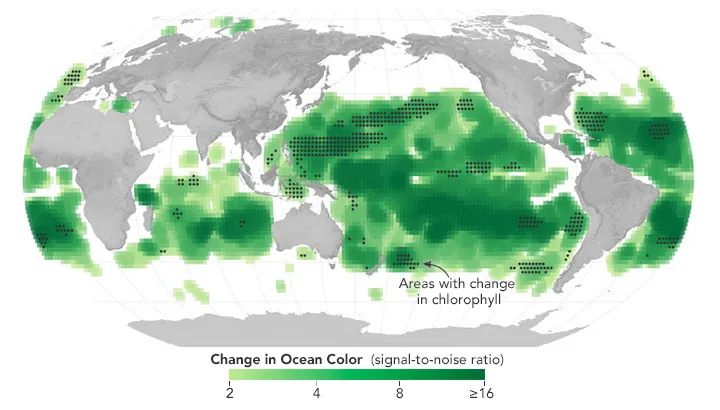
The science goals of PACE will be further discussed in NASA‘s upcoming media teleconference on January 17. Notable NASA figures attending include Earth Science Division Director Karen St. Germain and Deputy Administrator Pam Melroy. This project demonstrates the agency’s dedication to comprehending Earth’s changing climate, with PACE positioned to offer previously unheard-of worldwide insights into the complex interplay between our oceans and atmosphere.
NASA’s PACE program demonstrates the agency’s commitment to improving our understanding of Earth’s shifting ecosystems. A new era of Earth observation is heralded with its launch from Cape Canaveral Space Force Station aboard SpaceX’s Falcon 9 rocket, offering deeper insights into the interactions between our seas, atmosphere, and climate. PACE‘s data will be crucial in shaping our solutions to these global concerns as the earth continues to undergo extraordinary changes.
